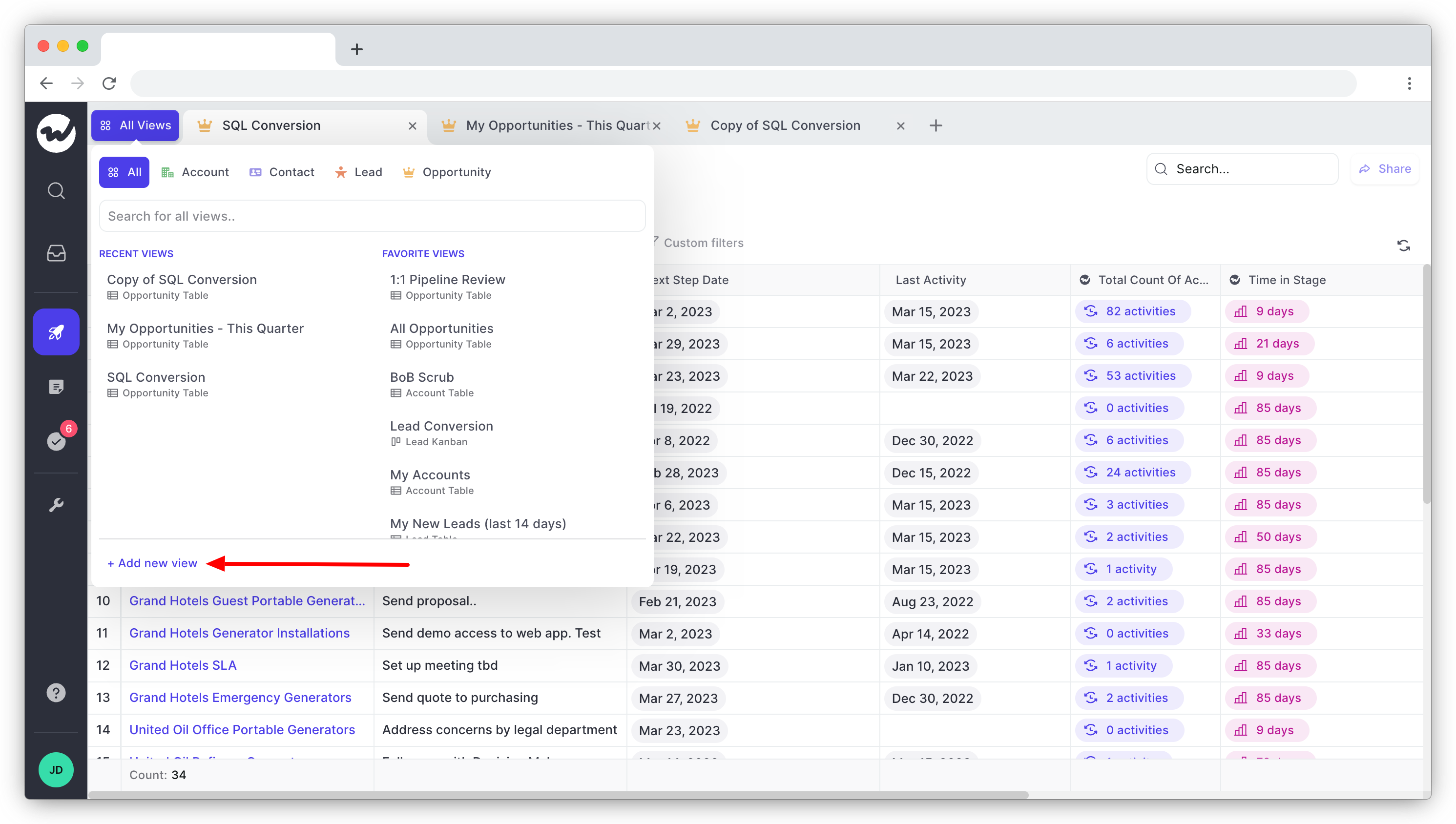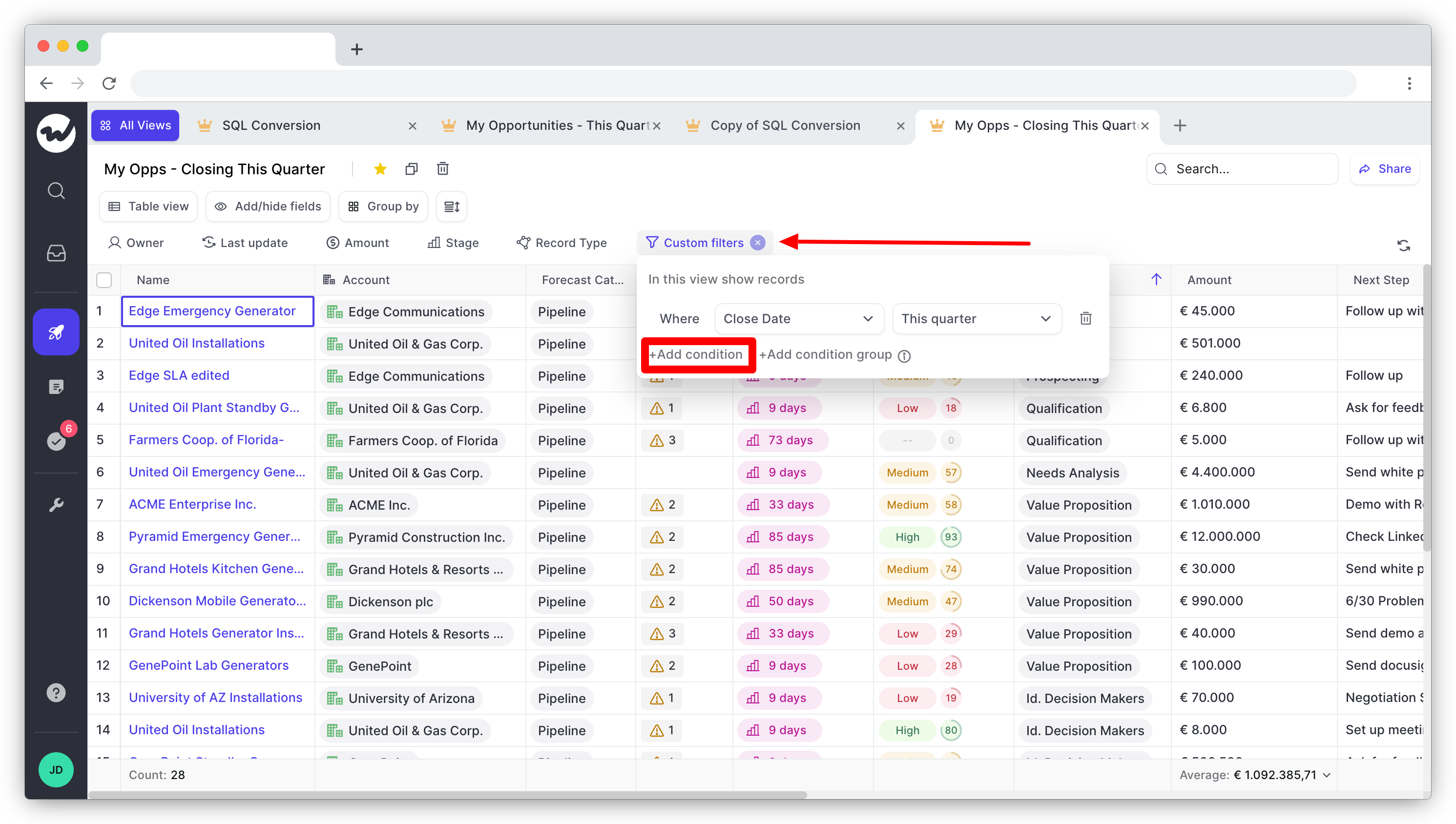5 Steps to Build a Successful Sales Process

The term sales process denotes the series of steps sales reps take to get a prospective buyer to become a customer. Having a clearly defined sales process is crucial for ensuring sales reps can close deals consistently.
In fact, studies show that companies that have a defined sales process outperform companies that don’t.
In this blog post, we’ll show you how you can create an effective sales process to give your reps the best chance of closing deals and meeting quotas.
Why you need to define your sales process
Defining a sales process helps you establish consistent results across your team. Your sales reps will be able to hone in on the steps that are essential for sales success and identify what is and isn't working.
When sales reps have a clearly defined strategy, they also know exactly how to take action and reach their sales goals. Knowing what comes next – and why – gives confidence when it’s time to make that presentation or pick up the phone and close the deal.
Some other benefits of having a standardized sales process include:
- Onboard new sales reps faster
- Improve sales forecasting
- Optimize the entire selling process
An effective sales process is the foundation of success. With a well-defined process, sales reps can focus on what they’re good at – selling and developing relationships – rather than wasting time trying to figure out how to jump through hoops just to get the job done.
Now, let’s talk about how you can create an effective sales process.
How to create an effective sales process
Yes, this is also a process. Getting everything down on paper means that you'll have to take a good look at every cog in the sales machine. Take these steps to build a sales process:
1. Start by analyzing your current sales process
How does it work currently? How are your sales reps bringing your leads from the prospect stage through to the customer stage? What sales tools do you currently use? Are they helping or hindering your employees?
These are questions you have to answer to fully identify your current strengths and weaknesses. Then, do a full evaluation of your strategy to really understand how each part is performing.
A good way to get an idea of the big picture is to map out the process. Outline the sales stages and the activities your sales representatives are responsible for completing at each stage.
It might also be helpful to start at the end and work your way backward. This can help you pinpoint how each activity is helping to move prospects through the sales funnel.
2. Involve all stakeholders
The sales team isn’t the only team that has a stake in the process.
Bring together relevant stakeholders from the marketing, product, and customer service teams and involve them in the creation of your sales process.
This way, you can get a complete picture of the sales journey, understand how each team contributes to the overall success, and ensure everyone is on the same page.
No sales team is an island, and coordinating efforts with other departments can streamline your process and also maximize your outcomes.
3. Outline the steps in your sales process
Most sales processes include these five steps:
- Prospecting & qualifying – Involves digging for sales opportunities and evaluating prospects to determine if they are the right fit. Many qualifying frameworks have been invented and utilized over the years by many different sales teams. It’s good to define which ones you prefer your team to use — whether that’s MEDDIC, BANT, or something else — to smooth out what many professionals say is the hardest part of the job.
- Discovery – At this stage, you determine potential customers’ needs and wants. This is where your team digs into the specifics to find a problem that needs a solution. You might not want your team to be reading and ticking off a script at this stage, but a general idea of the approaches they can take, the avenues they can explore, and the questions they can ask would be very helpful to your reps.
- Identifying solutions – Finding possible sales solutions to meet a customer's specific needs. Instead of giving a sales pitch, you can guide your reps to focus on understanding the prospect’s challenges and working on how they can help solve the prospect’s problems. This is solution selling, and the goal is not always to get a yes but to get to the next step.
- Business case – Creating a plan demonstrating how the solution fulfills the customer's needs and wants. A well-thought-out business case can accelerate the buying process. You’ll need to calculate costs and benefits and provide the business case in the best format that aligns with your customers’ needs.
- Negotiation & close – Negotiating terms and prices, as well as signing contracts and finalizing sales agreements. Preparing for the negotiation itself is a process, so outlining the steps you recommend is a good idea. You should also anticipate common pitfalls and explain how to avoid them.

By defining each stage as distinct from the other, sales reps can stay organized and better understand the role they play in the entire process, maximizing efficiency and, ultimately, sales results.
4. Define the actions and exit criteria for each step in the sales process
What activities and actions do your sales reps have to take at each step of the process? How do they know when the process is complete?
Make sure sales reps have a clear understanding of the activities they need to do at each stage, how long it should take them to do each step, and what criteria must be met before they can move on to the next stage. This helps your team stay organized and ensures that your sales process is followed correctly.
5. Measure the effectiveness of your sales process
It's hard to decide how well you're doing without a metric. That's why you'll also want to decide how you’re going to measure the effectiveness of your process.
Metrics you might want to look at include:
- Lead-to-opportunity conversion rate
- Prospect-to-customer conversion rate
- Sales cycle length
With well-defined metrics, you can encourage sales reps to improve their performance by giving them clear goals. You can also track improvements clearly and determine the effectiveness of individual steps in the process, as well as of the sales process as a whole.
Don't shackle your reps to meet quotas on metrics that don't matter instead of focusing on sales that actually make a difference.
3 ways to streamline your sales process
The most important part of defining your own sales process is making it easy to use, easy to follow, and consistently effective.
This means trimming off the bits that bog down the cycle and automating the tedious tasks that take up time that would be better spent on qualifying leads and closing sales.
1. Sync sales activities to your CRM
Weflow can help you consolidate your sales pipeline by automatically syncing sales activities like emails, calls, and meetings to Salesforce CRM.
That way, team members can view customer data in one place, quickly pull up account histories to better understand their sales opportunities, and update accounts with new information quickly.
By having all of your data synced in one place, sales reps can spend less time flipping between systems and more time selling.
Sales managers will also be able to get a more accurate picture of sales performance with real-time data at their fingertips. This allows you to identify risks and fix issues before they do real damage to your deals and accounts.
2. Create custom pipeline views
With Weflow, you can create custom sales pipeline views to have a better overview of all your opportunities and simplify reporting.
Here’s how to do it:
First, create a new view by clicking the Add new view option in the All Views menu in the top left corner.

From here, you can choose between a table or Kanban layout, add a name for your view, and choose a record type (account, contact, lead, or opportunity).

Weflow will then pull all the relevant records from Salesforce. To further customize your view, click on Custom filters and add a condition.

You’ll then be able to see only the records that fulfill the condition.
Finally, you can add the view to your favorites list by clicking the star icon.

You can also share the view by clicking the Share button in the right-hand corner and copying the URL.

3. Use templates to ensure reps adhere to your sales methodology
Weflow makes it easy for sales reps to stay organized by using note templates with pre-set checklists and scripts that they can use when going through each stage of the sales process.
Take a look at the template below, for example. A sales rep can quickly click on Use template and then use it to take notes while on a call with a prospect. The note can then be saved and easily accessed through the account record.

Close more deals with a well-defined sales process
Being in sales is hard work. Make it easier on yourself and your sales team by streamlining the complex tasks and activities into an efficient sales process that everyone can use to hit targets consistently.



.png)
.png)








.png)